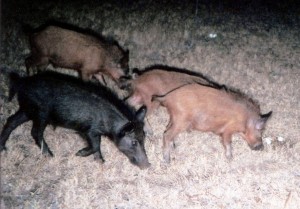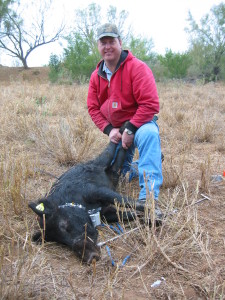Topics to include wild pigs, post-anthrax deer management
The Texas A&M AgriLife Extension Service is holding a multi-county land and livestock program on Nov. 21 in Comstock.
Presented by the AgriLife Extension offices of Terrell and Val Verde counties, the event will run from 10 a.m.-3 p.m., with registration at 9:30 a.m. It will be held at the Comstock Community Center, 68 Langtry St. The cost is $20 and includes lunch.
There will be one Texas Department of Agriculture continuing education unit available in integrated pest management.
“We’ve lined up speakers to address some of the most pressing issues facing our local communities,” said Emily Grant, AgriLife Extension agent for Val Verde County. “We’ll be covering how to manage deer after the large anthrax outbreak we experienced this summer and what people need to know to curb the destruction and spread of wild pigs.”
Topics and speakers include:
– Expansion and Management of Feral Hogs – Maureen Frank, Ph.D., AgriLife Extension wildlife specialist, Uvalde.
– Interaction of Plants and Livestock – Bob Lyons, Ph.D., AgriLife Extension range specialist, Uvalde.
– Laws Texas Landowners Need to Know – Tiffany Dowell Lashmet, AgriLife Extension agricultural law specialist, Amarillo.
– Deer Management Post Anthrax – Frank.
– Prescribed Fire – Chase McCrory, Texas Parks and Wildlife biologist, Sanderson.
“I’m hoping we have a large group of landowners, and those in charge of land management turn out for this important event,” said Jessica McCrory, AgriLife Extension agent for Terrell County. “The AgriLife Extension experts we’ve assembled are always in demand to speak on their respective topics and this is an excellent opportunity to learn from the leaders in their fields, all in a one-day event.”
Contact Grant at 830-774-7591 or McCrory at 432-345-2291 for more information.
-30-
The post Land and Livestock Workshop set Nov. 21 in Comstock appeared first on AgriLife Today.

